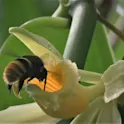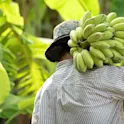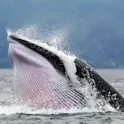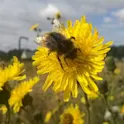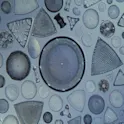Ancient art and genetics combine to reveal origin of world’s most expensive spice
By Mischa Dijkstra, Frontiers science writer Harvest of saffron crocuses. Image credit: Petia_is / Shutterstock In a new review, researchers showcase how the first likely depictions of the domesticated saffron crocus date from Bronze Age Greece. This evidence, which suggests that the species was first domesticated in Greece by approximately 1700 BCE, converges with recent genetic studies which showed that its closest wild relative only occurs in Greece. Saffron, the world’s most expensive spice, is extracted from the flowers of the saffron crocus, Crocus sativus. It has been grown for thousands of years in the Mediterranean region. But when and where was saffron first domesticated by our ancestors? In a review in Frontiers in Plant Science, researchers conclude that lines of evidence from ancient art and genetics converge on the same region. “Both ancient artworks and genetics point to Bronze Age Greece, in approximately 1700 BCE or earlier, as the origin of saffron’s domestication,” said Ludwig Mann, one of the leading authors and a PhD student at Technische Universität Dresden, Germany. ► Read original article► Download original article (pdf) The genus Crocus, with approximately 250 species, ranges from South and Central Europe and North Africa to Western China. Unlike domesticated saffron, these […]

